Benefits
Unique physical and chemical formulation provides multifaceted UVA/UVB protection and IR, HEV, blue light defence
Thermic micro-shield crystal technology effectively reflects or disperses damaging rays at the skin’s surface before causing harm
Recommended by the Skin Cancer Foundation as an effective daily broad spectrum sunscreen
Non-comedogenic, hypoallergenic, and dermatologist-tested
Sheer and fragrance-free formula that is gentle on skin
How to use
Apply to thoroughly cleansed and toned skin as the last step in your skin care routine and 15 minutes before sun exposure and as needed. Massage into the skin to cover the entire face and neck evenly. Reapply every 2 hours when in the sun.
Reviews
You must be logged in to post a review.

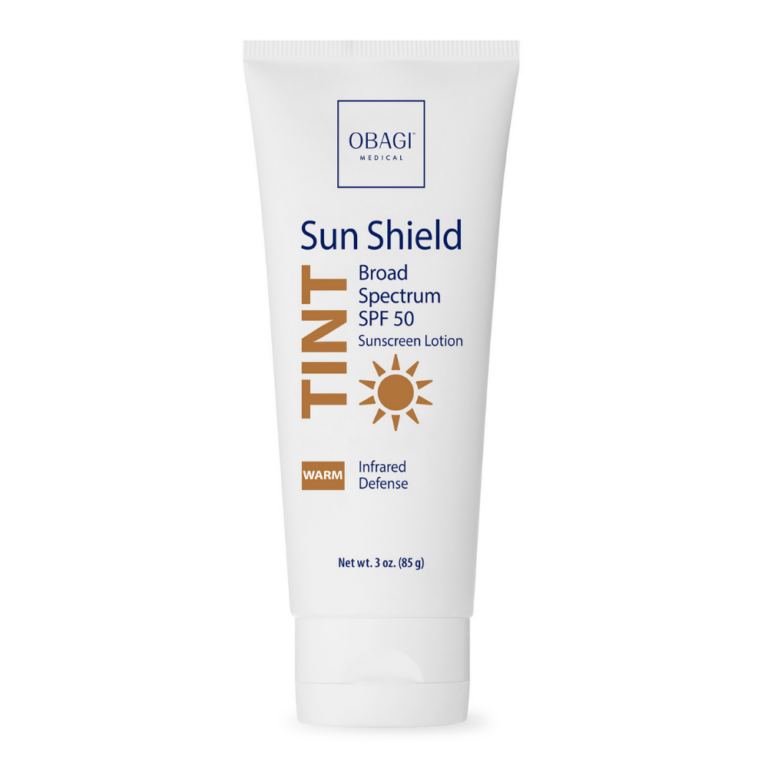
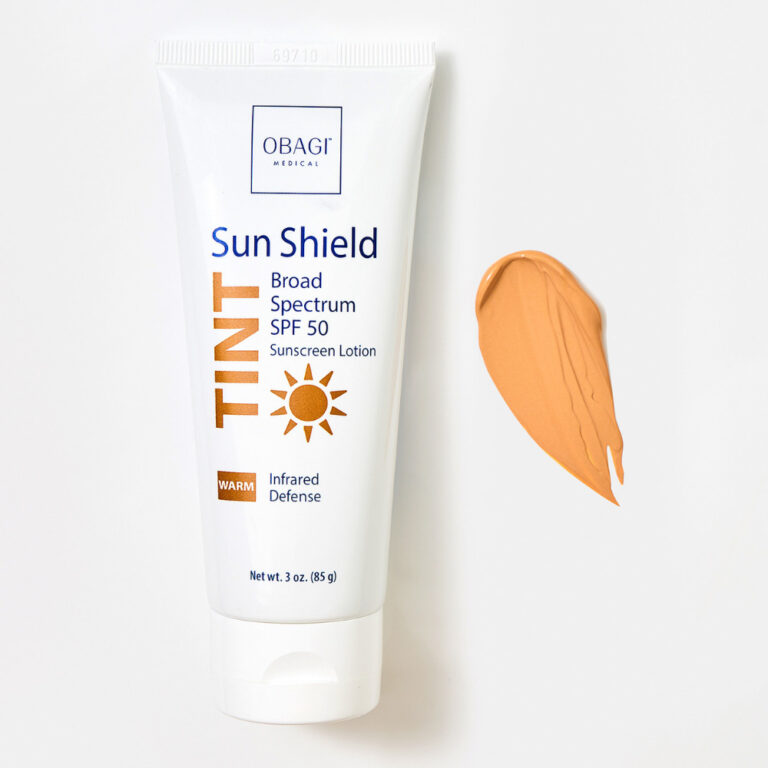
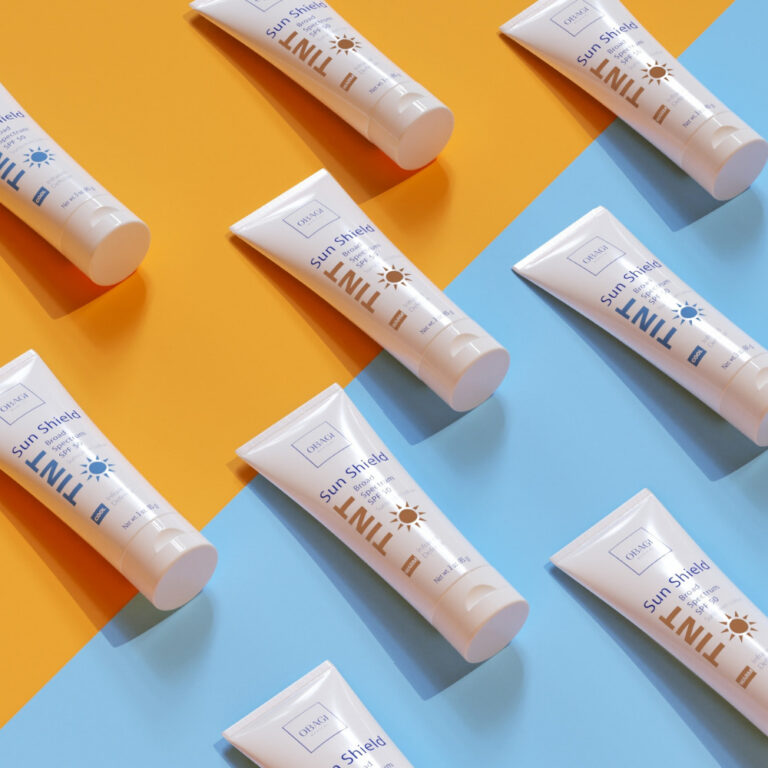
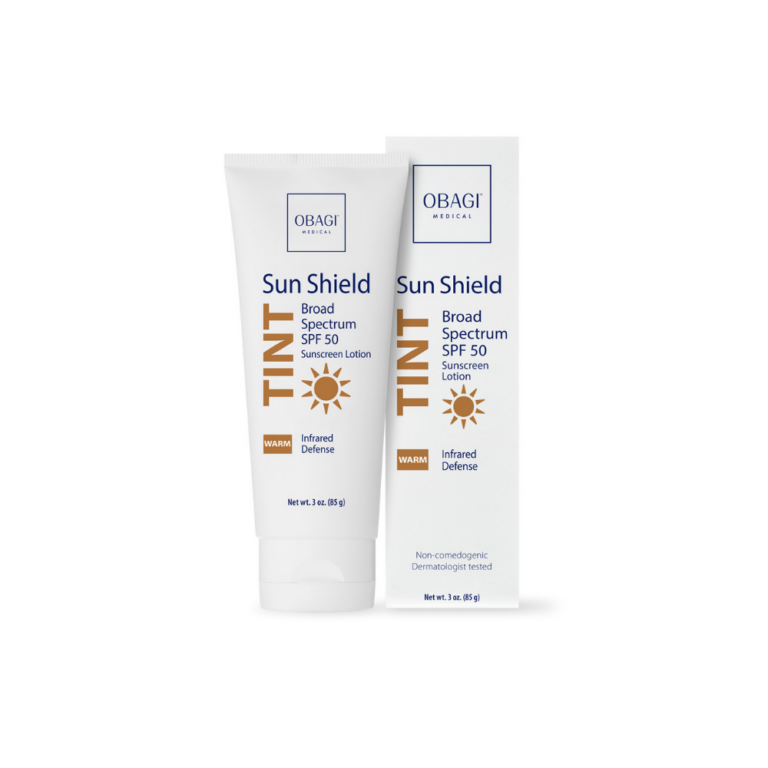
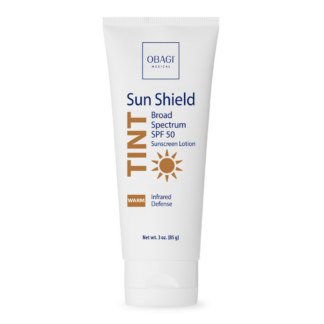
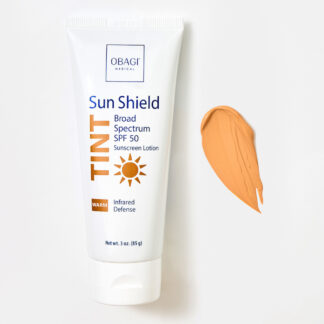
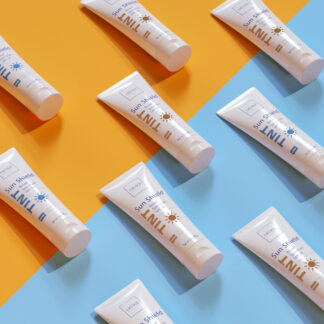
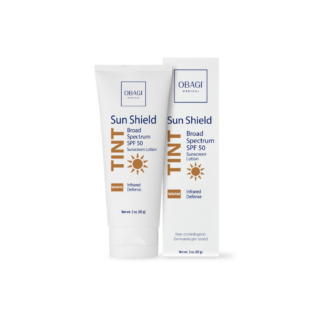
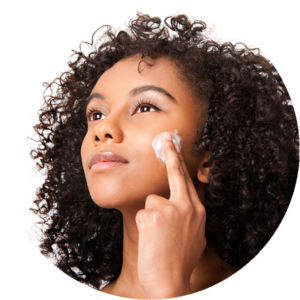
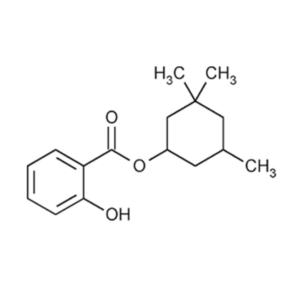
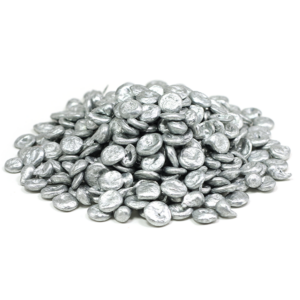
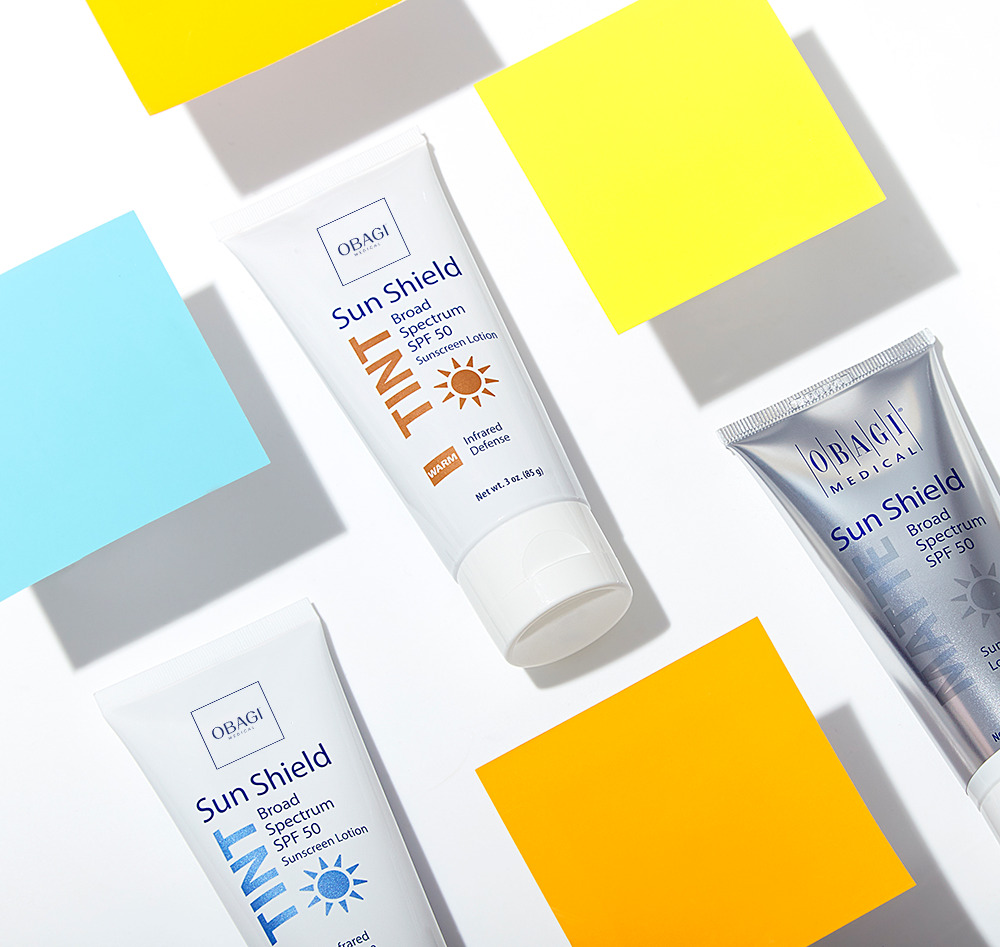
Reviews
There are no reviews yet.